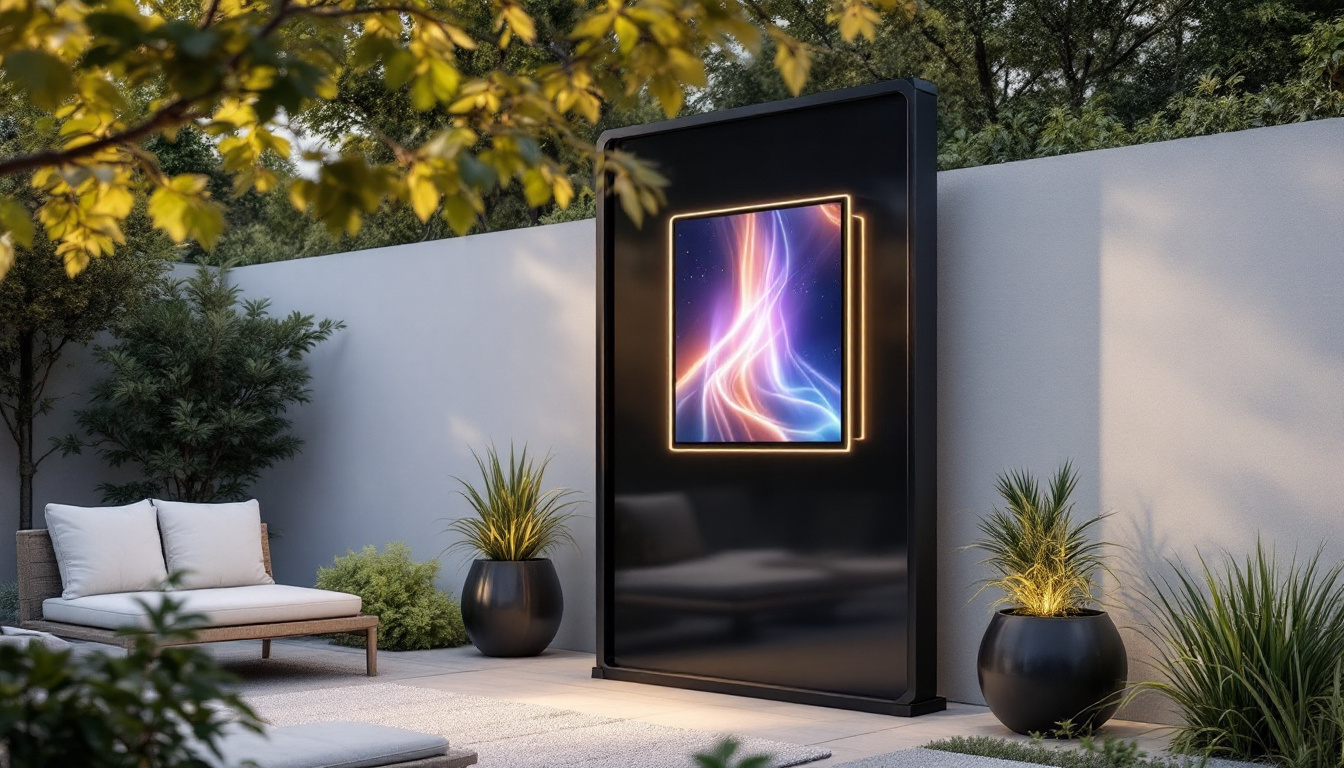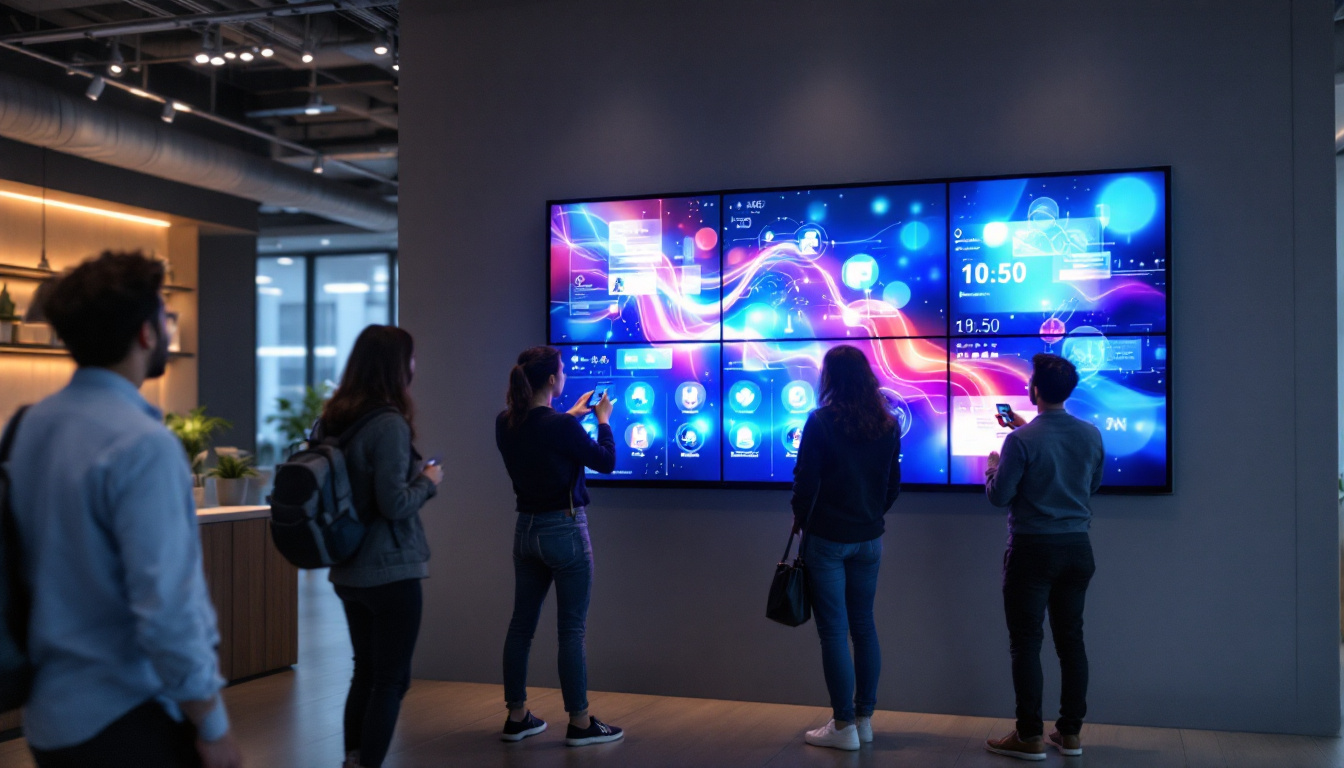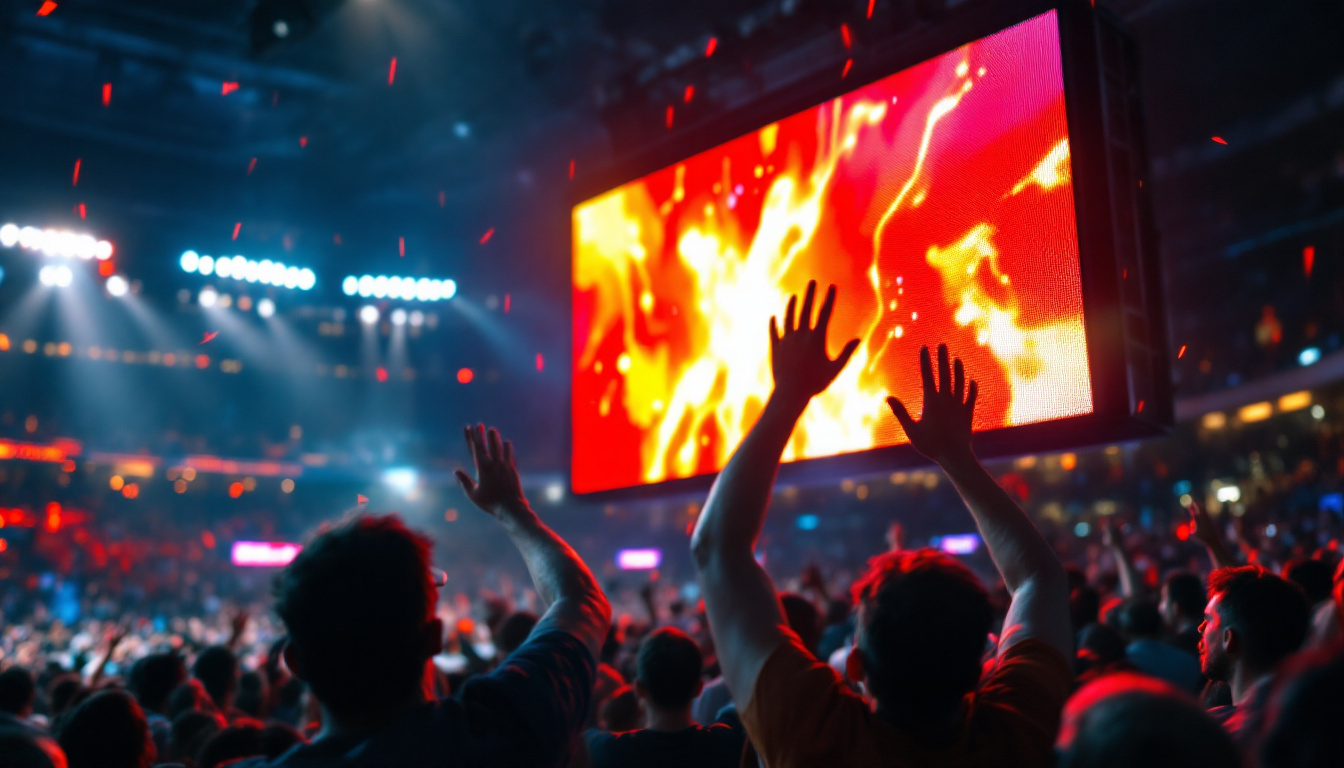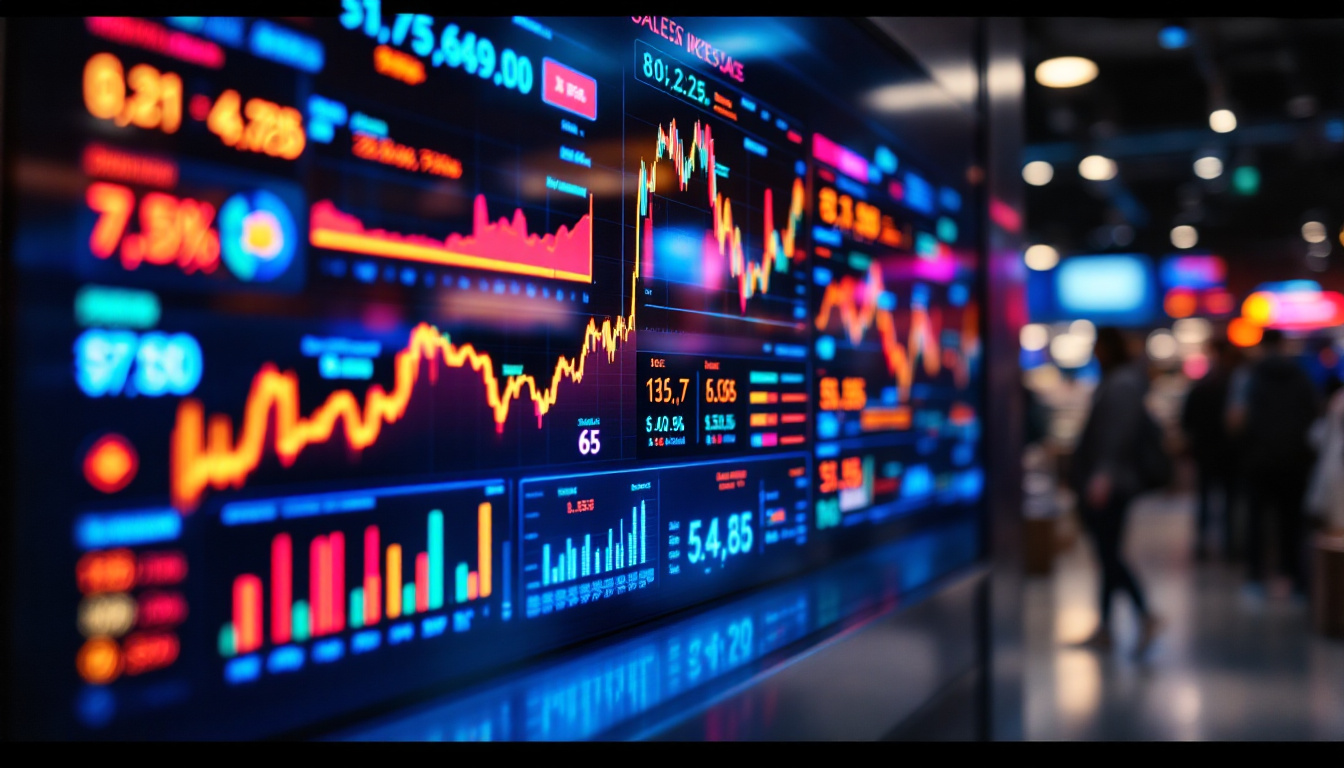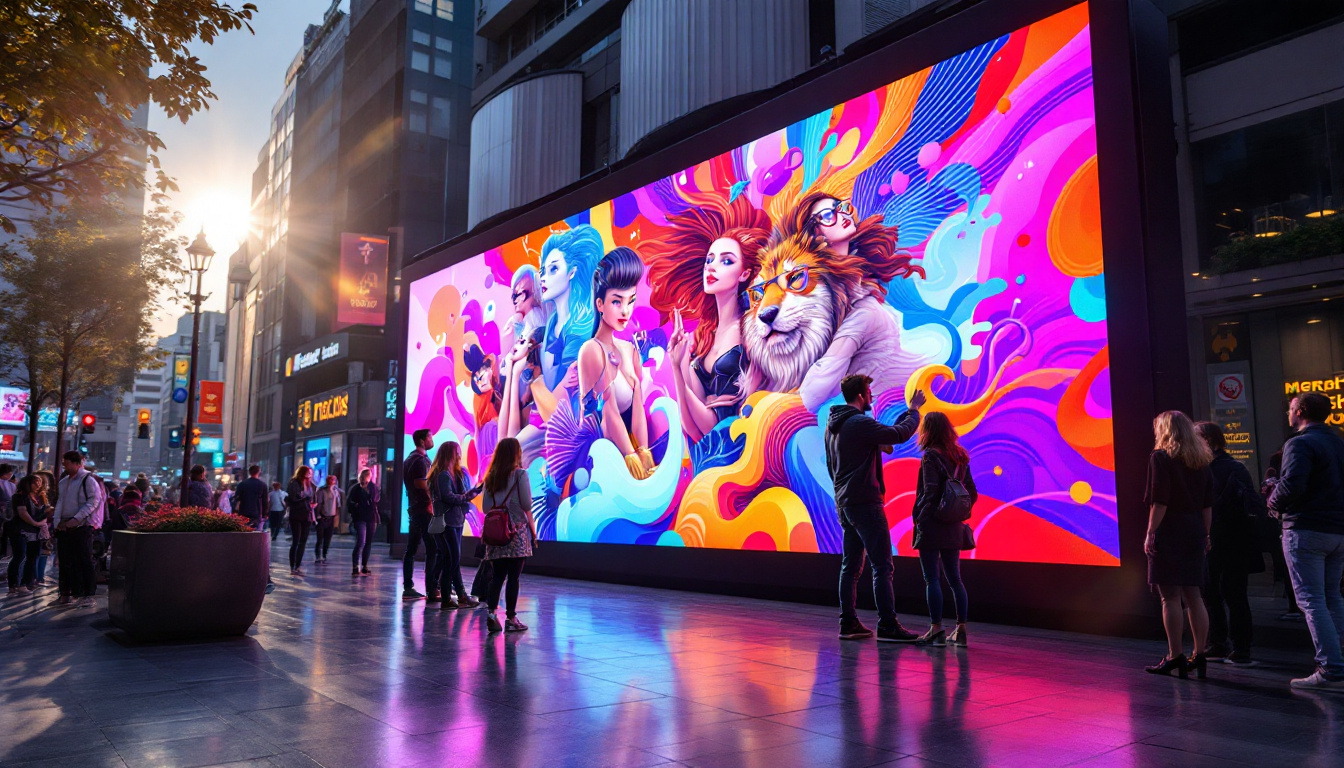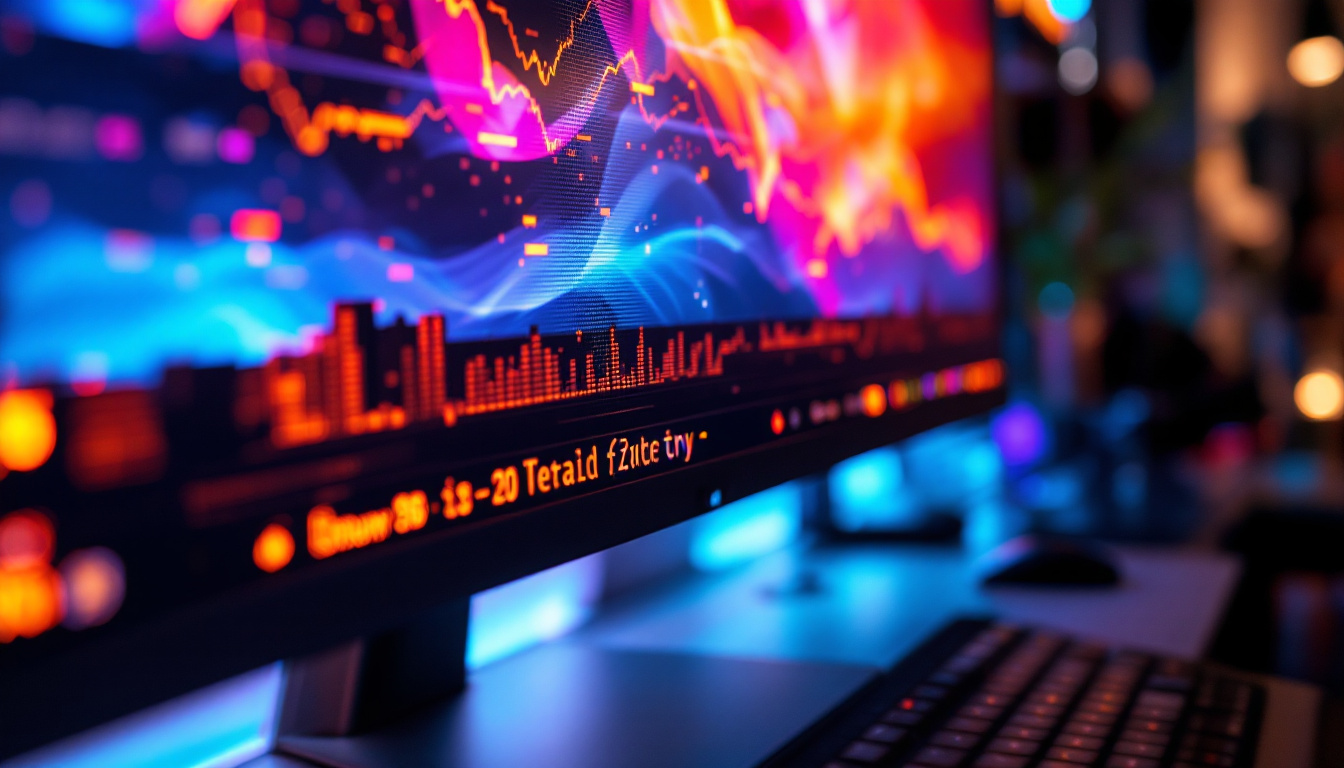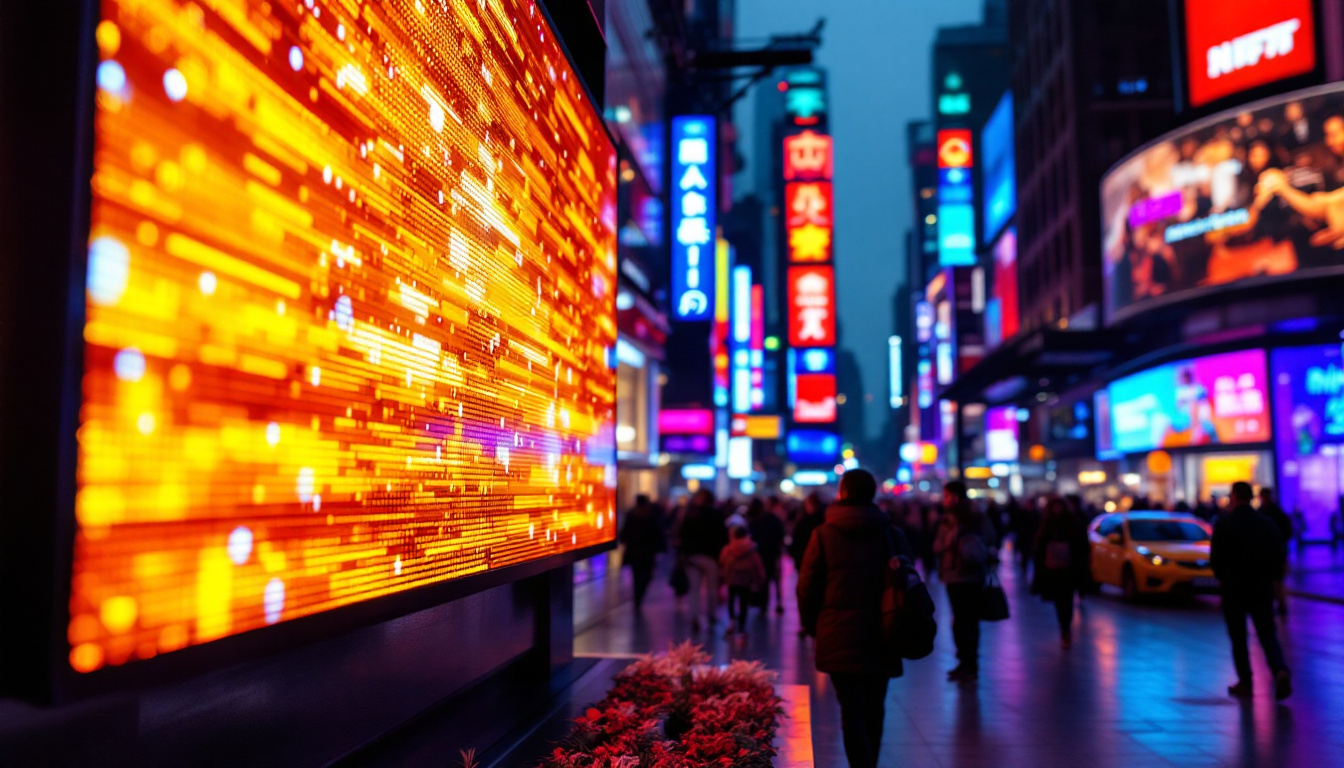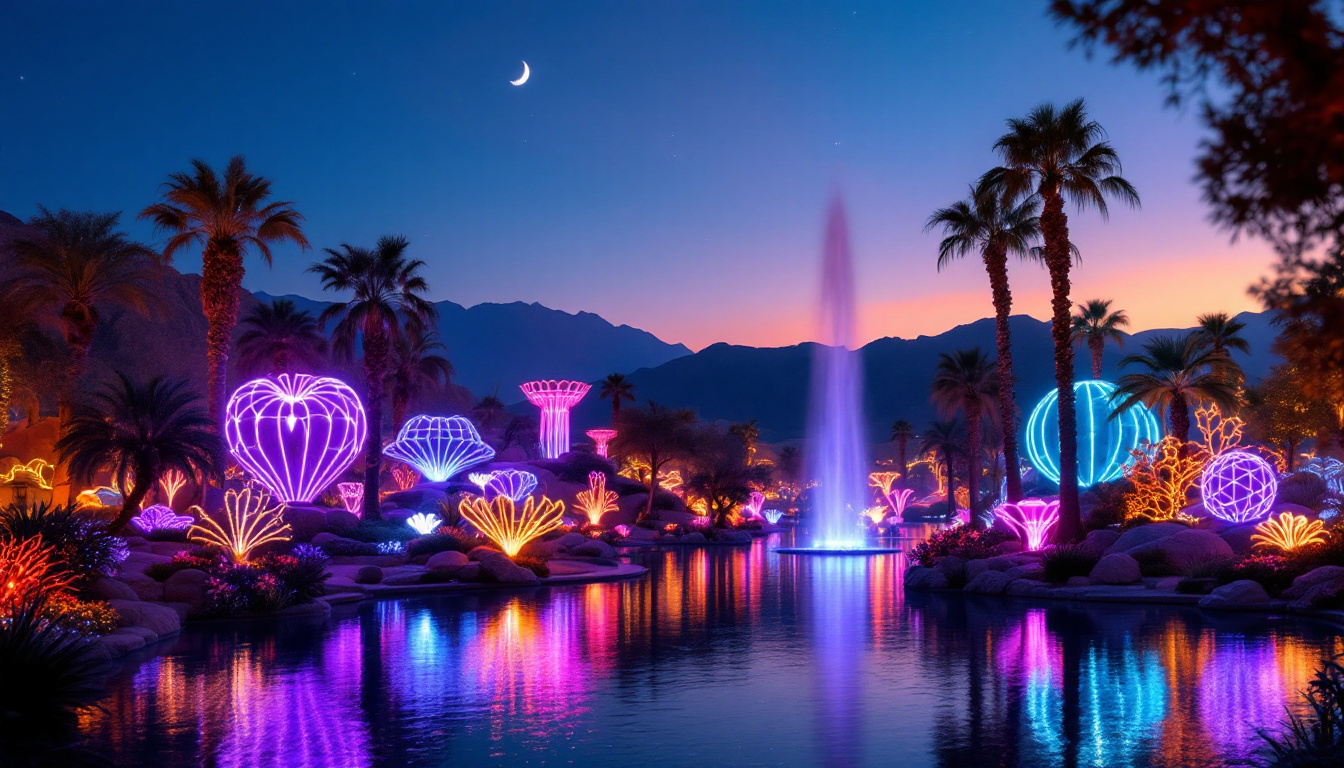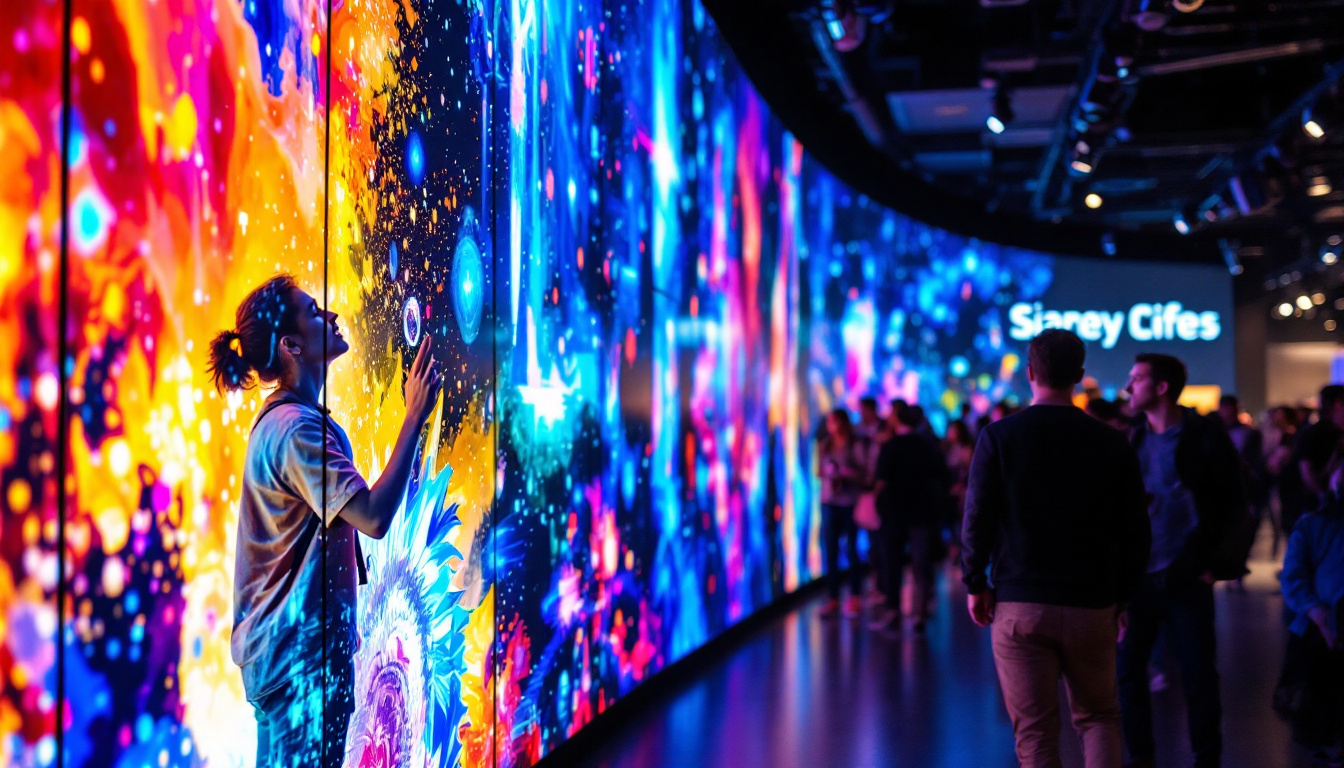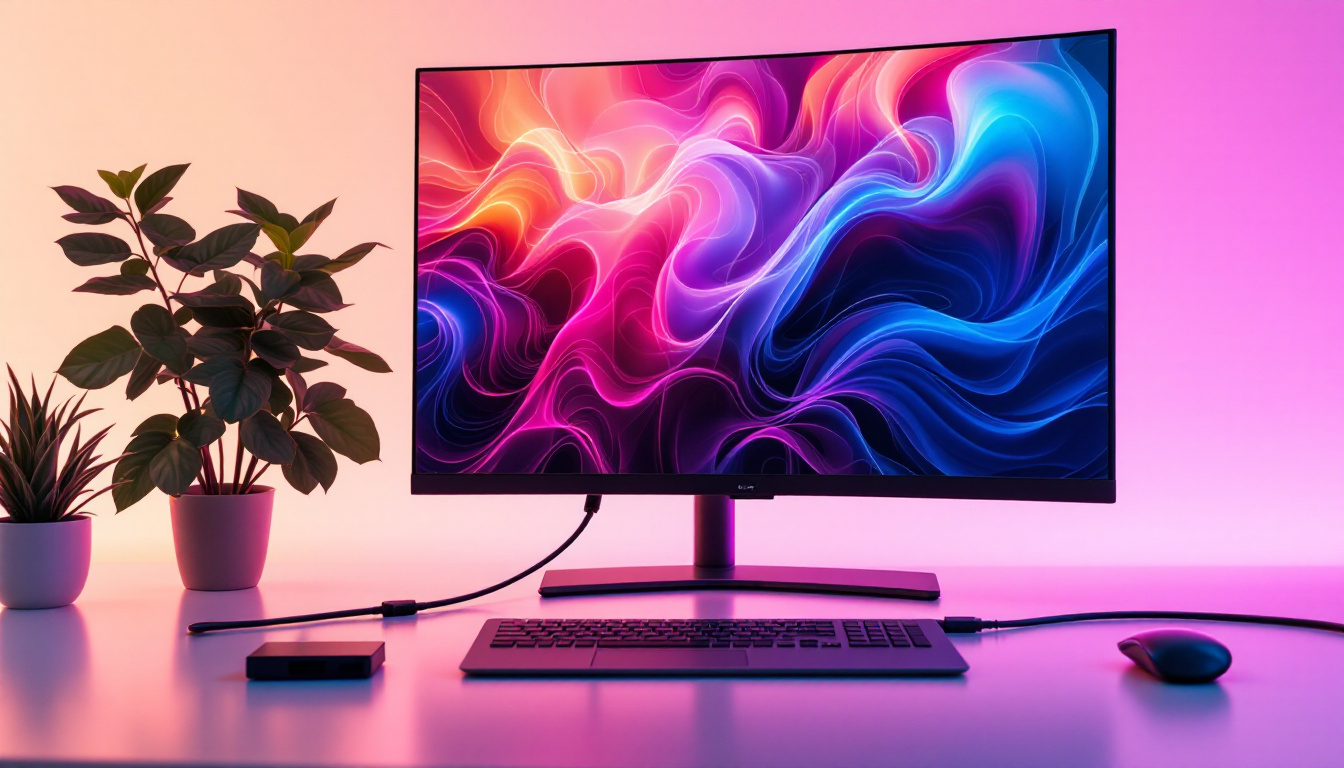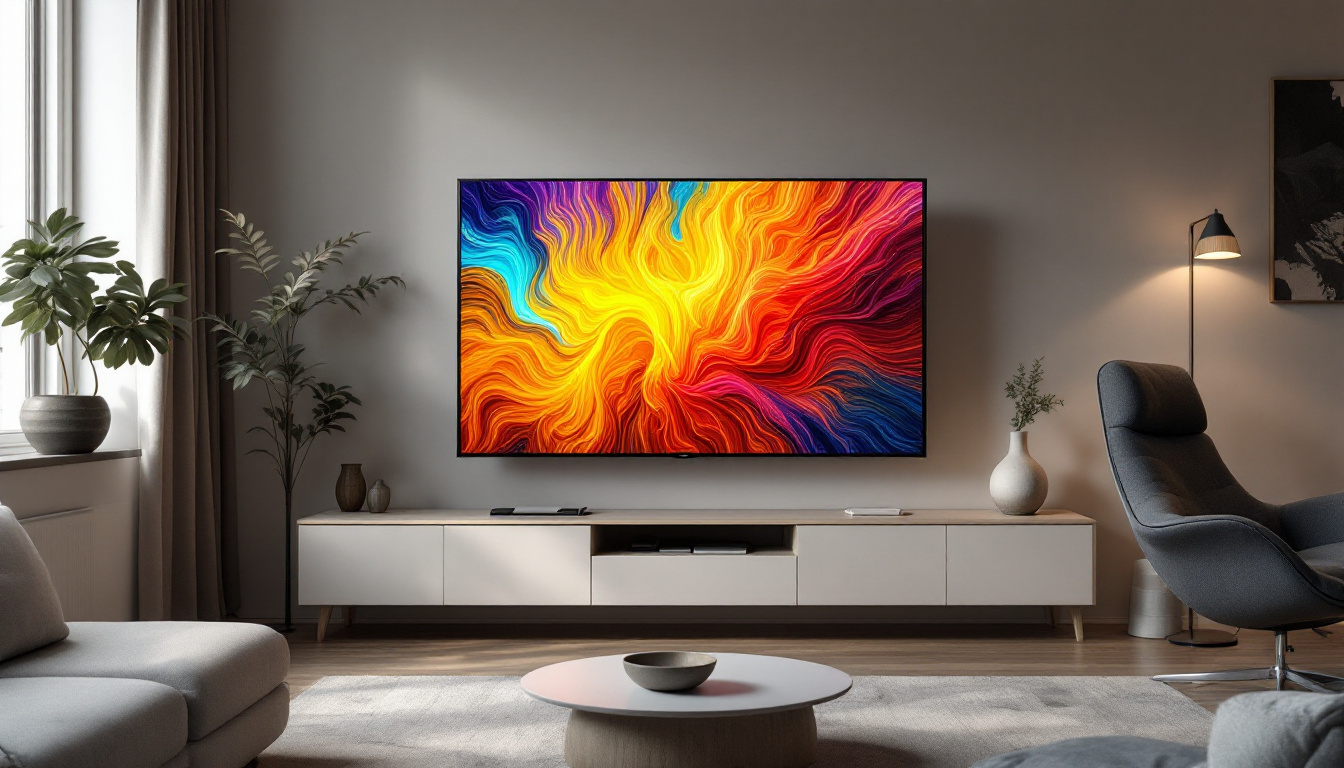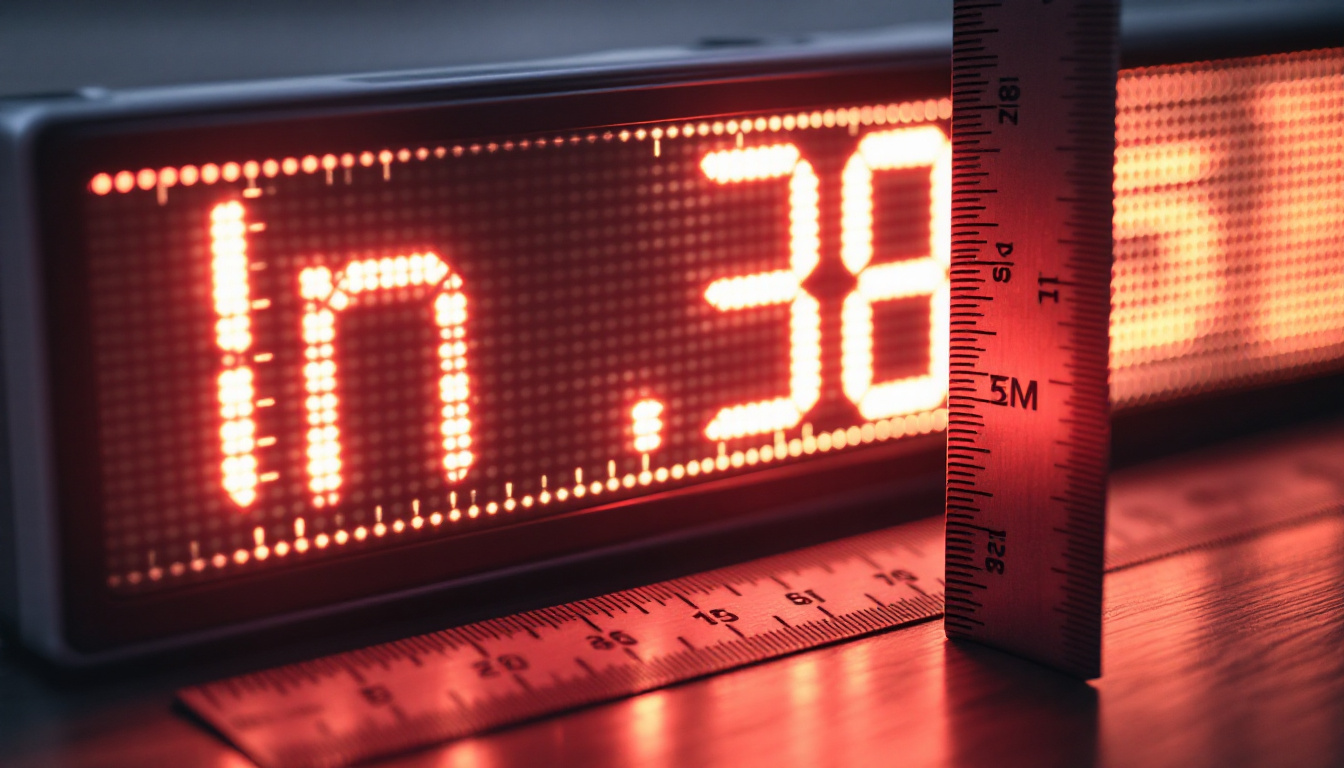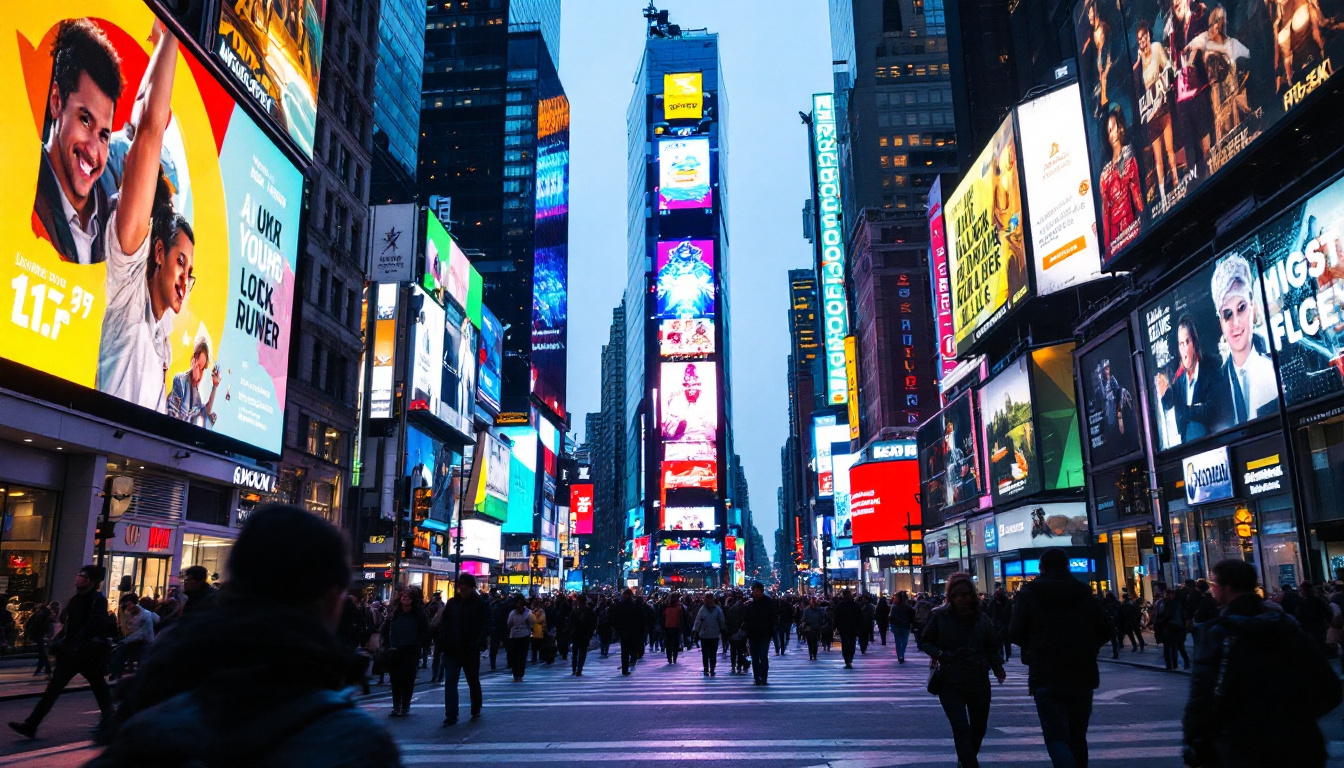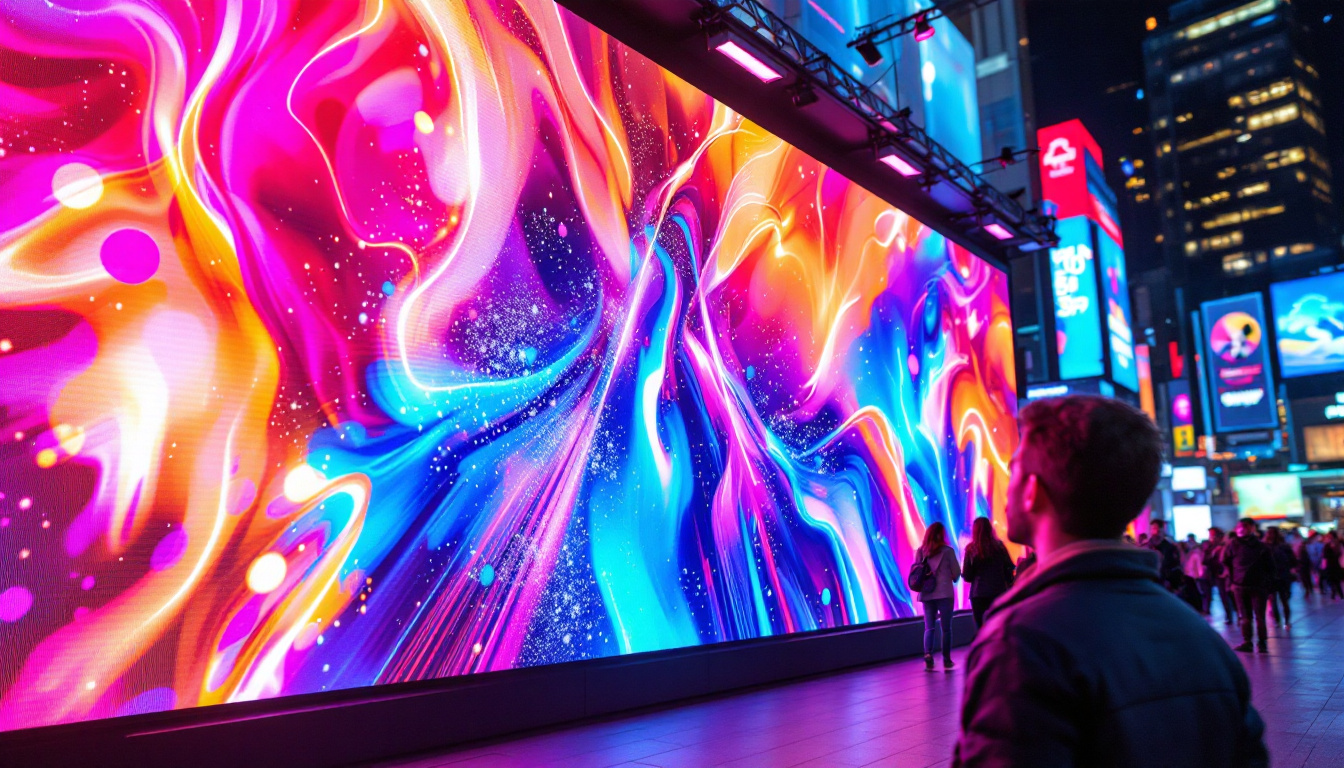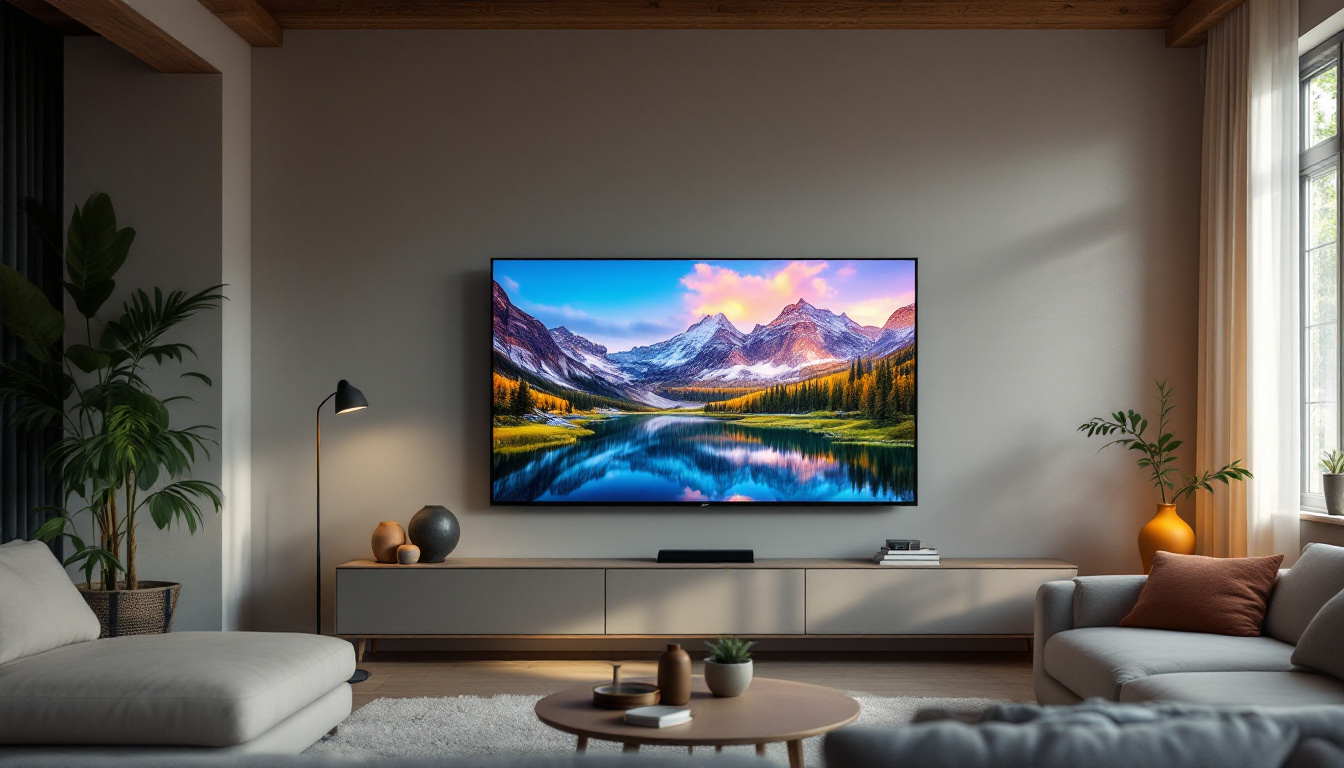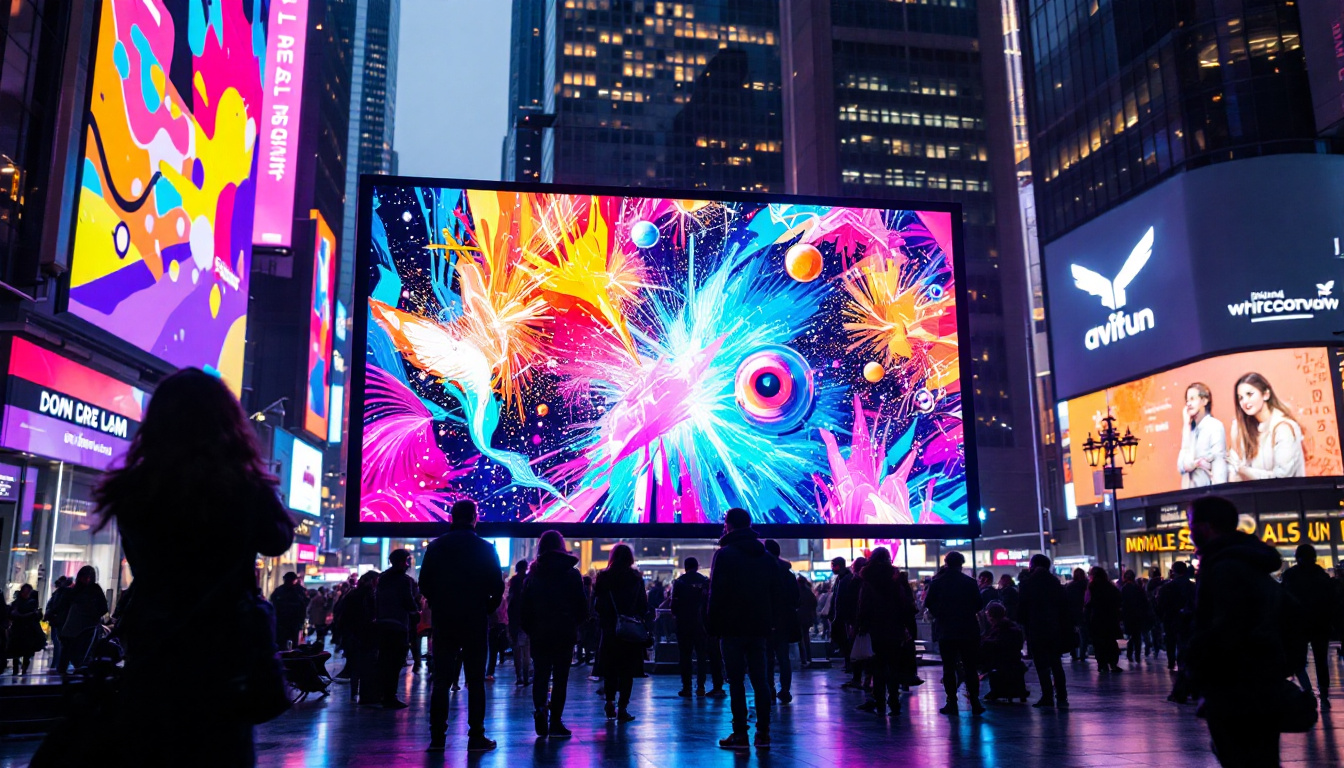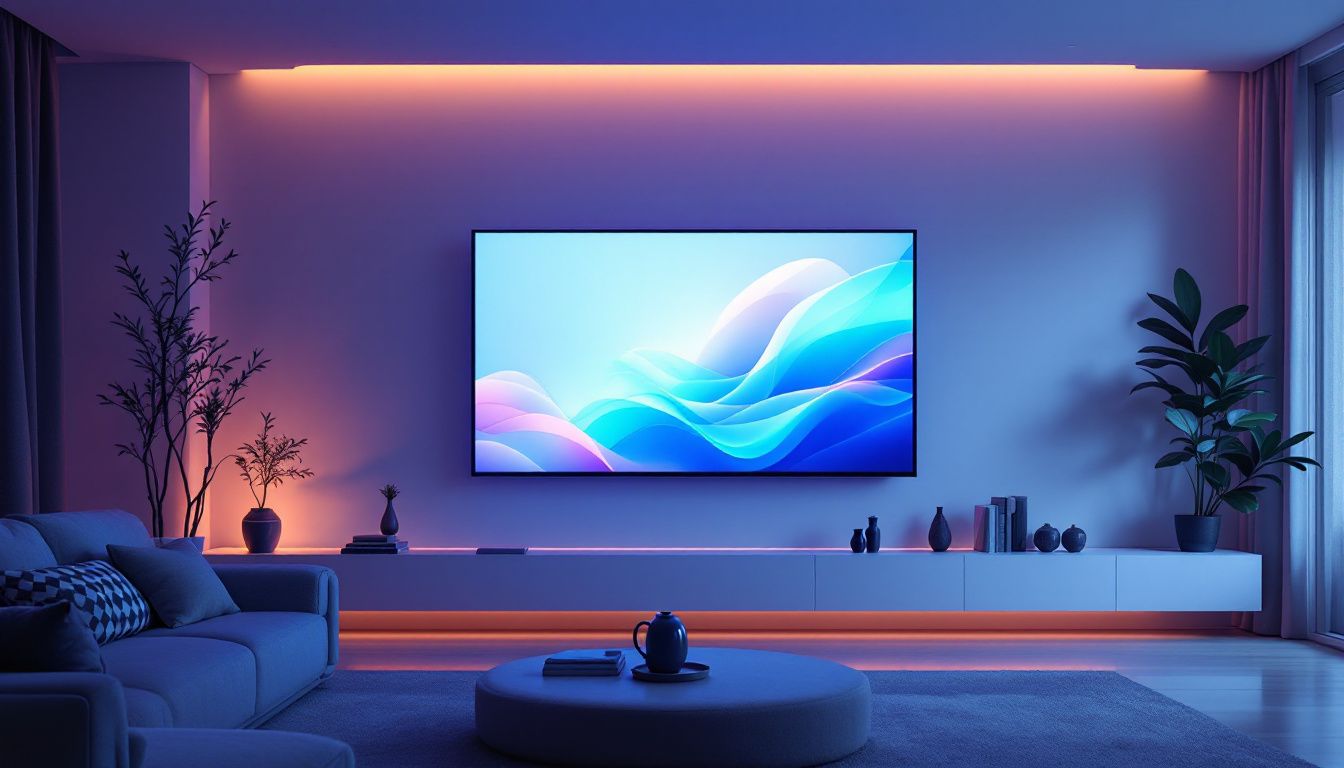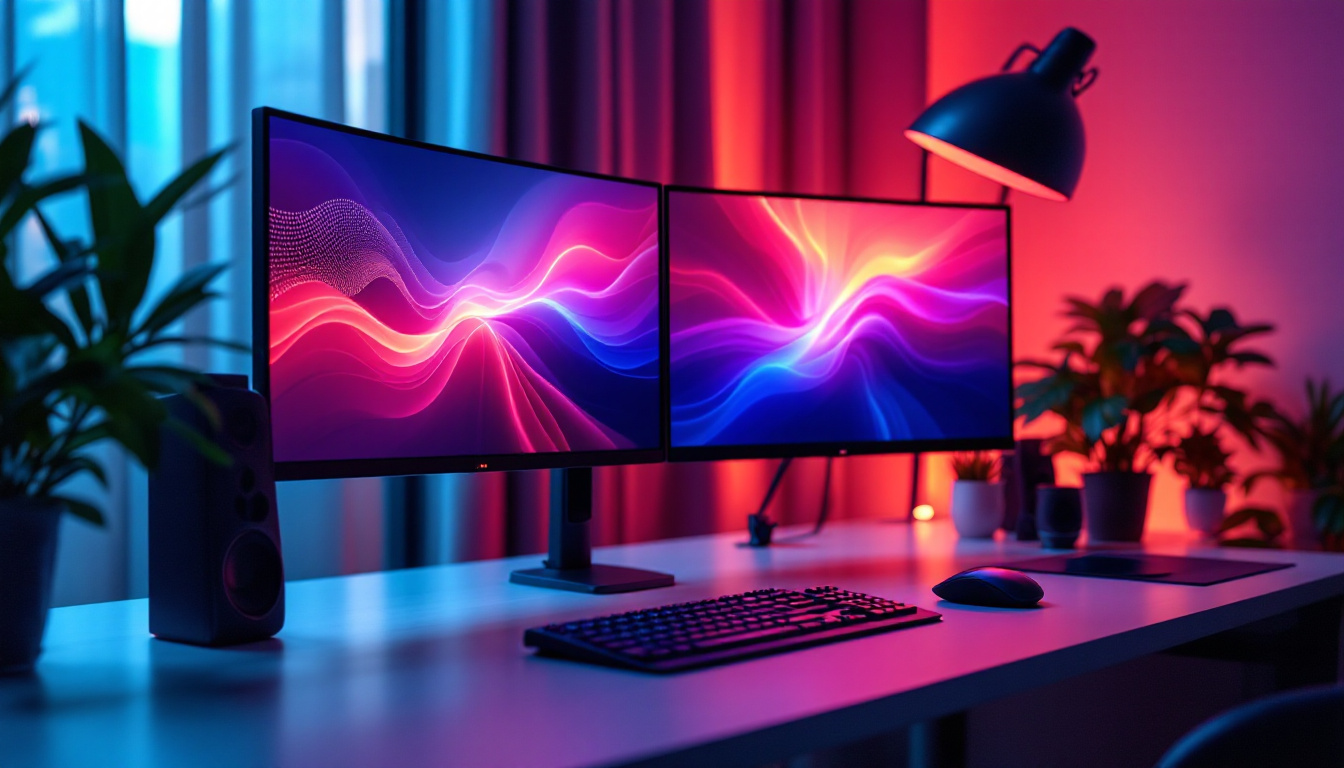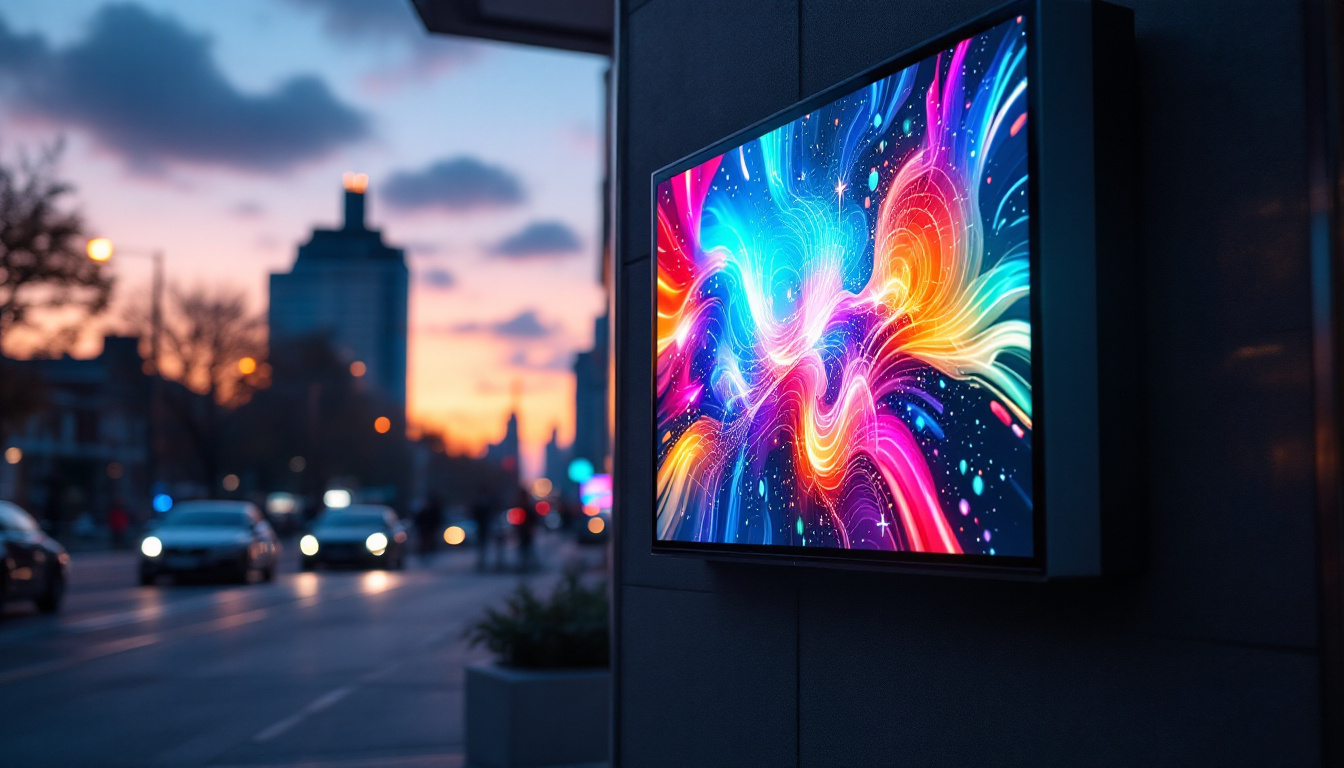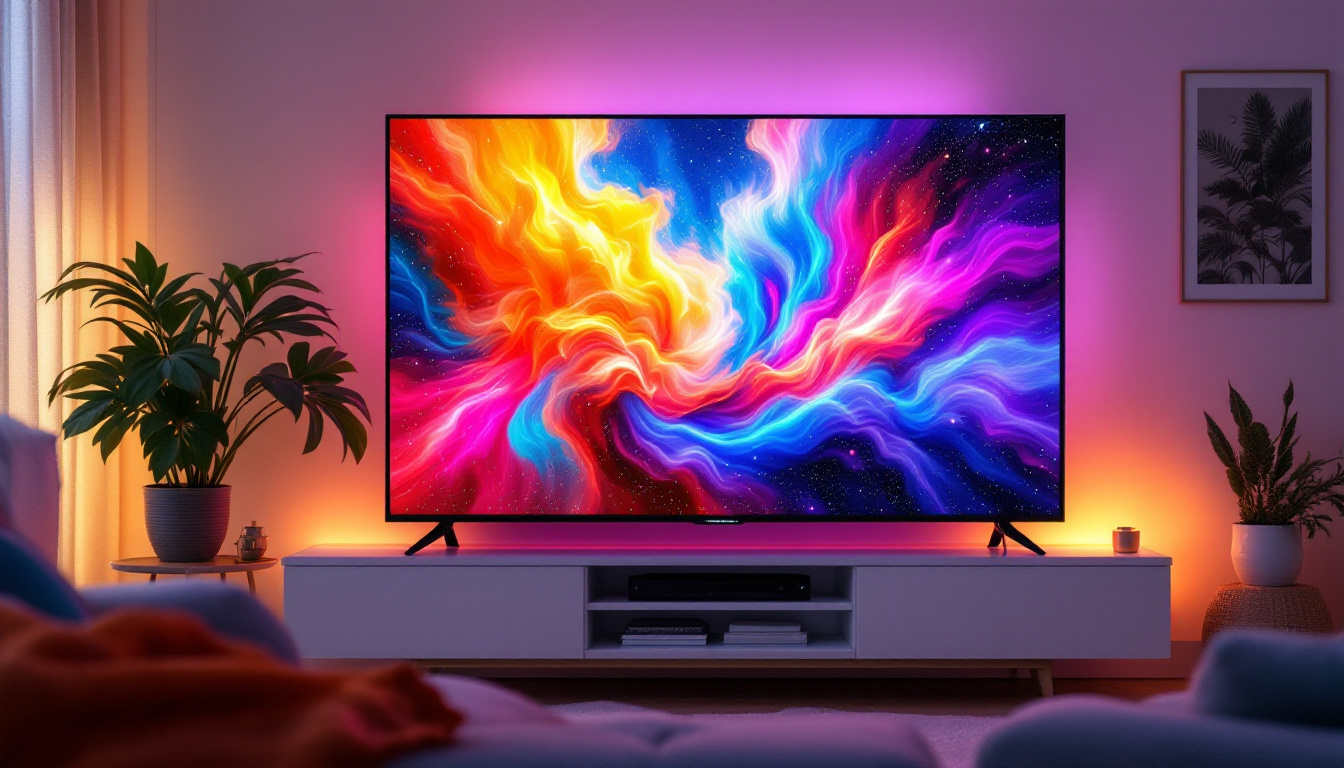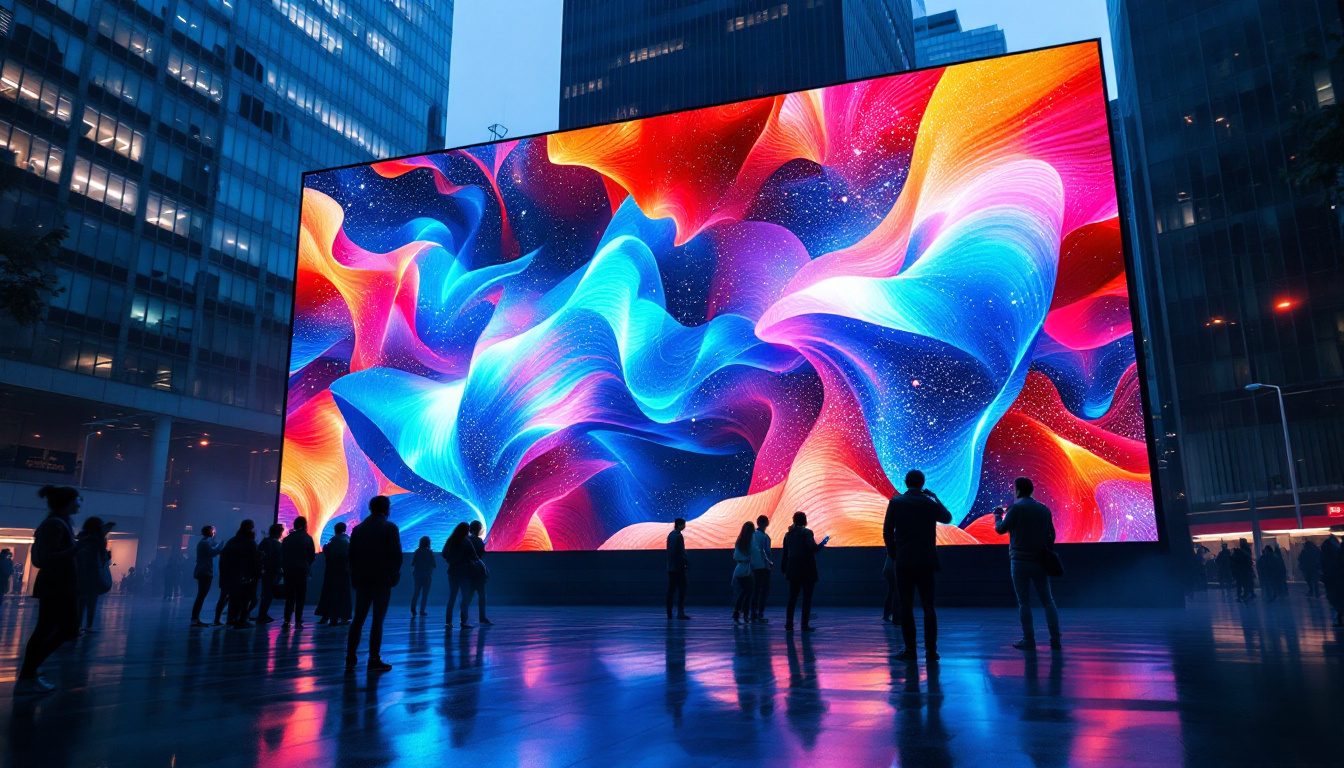In today’s fast-paced world, outdoor spaces are becoming increasingly important for both personal and commercial use. Privacy screens serve as a vital component in creating comfortable outdoor environments, and when combined with LED displays, they offer a unique blend of functionality and aesthetic appeal. This article delves into the concept of free-standing outdoor privacy screens with integrated LED displays, exploring their benefits, applications, and the technology behind them.
Understanding Free Standing Outdoor Privacy Screens
Free-standing outdoor privacy screens are versatile structures designed to provide seclusion and protection from the elements. They can be utilized in various settings, including residential backyards, commercial patios, and public parks. These screens not only enhance privacy but also contribute to the overall ambiance of the space.
Key Features of Privacy Screens
One of the primary features of free-standing outdoor privacy screens is their ability to block unwanted views while allowing for airflow and natural light. Many designs incorporate durable materials such as wood, metal, or synthetic composites, ensuring longevity and resistance to weather conditions.
Additionally, these screens can be customized in size, shape, and color, making them suitable for various design aesthetics. Whether opting for a sleek modern look or a more traditional style, there is a privacy screen to match every outdoor setting. Some models even include integrated planters, allowing for the addition of greenery that can further enhance the visual appeal and create a more inviting atmosphere.
Benefits of Using Privacy Screens
The benefits of incorporating privacy screens into outdoor spaces are numerous. Firstly, they create a sense of seclusion, allowing individuals to enjoy their surroundings without feeling exposed. This is particularly valuable in densely populated areas where homes and businesses are closely situated.
Moreover, privacy screens can serve as effective windbreaks, providing shelter from gusty winds and enhancing the comfort of outdoor gatherings. They can also be used to delineate spaces, making it easier to create distinct areas for dining, relaxation, or entertainment. Beyond their functional aspects, these screens can also serve as a canvas for artistic expression; many homeowners choose to adorn them with climbing plants, decorative lighting, or even artwork, transforming a simple privacy screen into a stunning focal point that adds character and charm to the outdoor environment.
Furthermore, the installation of privacy screens can significantly increase the value of a property. Potential buyers often appreciate the added privacy and aesthetic appeal, making homes with well-designed outdoor spaces more attractive in the competitive real estate market. In commercial settings, such as restaurants or cafes, privacy screens can enhance the dining experience, encouraging patrons to linger longer and enjoy their meals in a more intimate atmosphere, which can lead to increased customer satisfaction and repeat business.
The Role of LED Displays in Privacy Screens
Integrating LED displays into free-standing outdoor privacy screens takes functionality to a new level. These displays can serve various purposes, from advertising and information dissemination to entertainment and artistic expression.
Advertising and Promotion
For businesses, LED displays embedded in privacy screens can serve as dynamic advertising tools. They allow companies to showcase promotions, events, and new products in a visually engaging manner. This is particularly effective in outdoor settings where foot traffic is high, attracting potential customers and enhancing brand visibility.
Moreover, the ability to change content quickly and remotely means that businesses can adapt their messaging based on real-time data, ensuring that promotions are timely and relevant.
Information and Communication
In public spaces, LED displays can serve as informational hubs, providing essential updates about events, weather, or safety announcements. This is particularly useful in parks, festivals, or outdoor venues where large crowds gather. The combination of a privacy screen and an LED display creates a multifunctional space that not only enhances privacy but also keeps people informed.
Design Considerations for LED Privacy Screens
When designing a free-standing outdoor privacy screen with an integrated LED display, several factors must be considered to ensure both functionality and aesthetic appeal.
Material Selection
The choice of materials is crucial for both the privacy screen and the LED display. The screen must be constructed from weather-resistant materials to withstand the elements, while the LED display should be housed in a durable enclosure that protects it from moisture and debris.
Common materials for privacy screens include treated wood, aluminum, and high-density polyethylene, each offering unique benefits in terms of durability and maintenance. The LED display, on the other hand, often utilizes materials like tempered glass or polycarbonate for optimal protection.
Size and Placement
Determining the appropriate size and placement of the privacy screen is essential for maximizing its effectiveness. The screen should be tall enough to provide adequate privacy without obstructing views of the surrounding landscape. Additionally, careful consideration should be given to the orientation of the LED display to ensure visibility from various angles and distances.
Strategic placement can also enhance the overall design of the outdoor space, creating a seamless integration between the privacy screen and the environment.
Technological Advancements in LED Displays
The technology behind LED displays has evolved significantly, resulting in brighter, more energy-efficient screens that can be used in various outdoor conditions. Understanding these advancements can help in selecting the right display for a privacy screen.
Brightness and Visibility
One of the most important factors in outdoor LED displays is brightness. Modern LED technology allows for displays that are visible even in direct sunlight, ensuring that content remains clear and legible. High-brightness LEDs can reach levels of 5000 nits or more, making them suitable for various lighting conditions.
Energy Efficiency and Sustainability
Energy efficiency is another significant consideration. Many LED displays now utilize advanced technologies such as dynamic brightness adjustment, which automatically adjusts the screen’s brightness based on ambient light conditions. This not only conserves energy but also extends the lifespan of the display.
Furthermore, some manufacturers are incorporating sustainable practices into their production processes, using recyclable materials and eco-friendly components to minimize environmental impact.
Installation and Maintenance
Installing a free-standing outdoor privacy screen with an LED display requires careful planning and execution. Proper installation ensures the longevity and functionality of both the screen and the display.
Installation Process
The installation process typically involves several key steps, including site preparation, assembly of the privacy screen, and mounting of the LED display. It is essential to ensure that the structure is stable and securely anchored to withstand wind and other environmental factors.
Professional installation is often recommended, particularly for larger screens or complex setups, to ensure compliance with local regulations and safety standards.
Maintenance Requirements
Regular maintenance is crucial for keeping both the privacy screen and the LED display in optimal condition. This includes routine inspections for any signs of wear or damage, as well as cleaning the LED display to maintain visibility and performance.
For the privacy screen, periodic treatments may be necessary to protect against weathering, especially for wooden structures. Keeping the screen free from debris and ensuring that any moving parts are functioning correctly will prolong its lifespan.
Applications of Free Standing Outdoor Privacy Screens with LED Displays
The versatility of free-standing outdoor privacy screens with LED displays allows for a wide range of applications across different sectors.
Residential Use
In residential settings, these privacy screens can create intimate outdoor spaces for dining, relaxation, or entertainment. Homeowners can use them to shield patios or decks from prying eyes while incorporating LED displays for personal use, such as displaying family photos or seasonal decorations.
Additionally, homeowners can leverage the advertising potential of these displays to promote local events or services within their community.
Commercial Applications
In commercial environments, businesses can utilize free-standing outdoor privacy screens with LED displays to enhance customer experiences. Restaurants can create inviting outdoor dining areas that provide privacy while showcasing menus or special offers on the LED display.
Retailers can also use these screens to draw attention to their storefronts, promoting sales or new arrivals to passersby. The ability to adapt messaging in real-time allows businesses to respond quickly to changing market conditions.
Public Spaces and Events
In public spaces, such as parks or event venues, these privacy screens can serve as both functional and decorative elements. They can provide designated areas for relaxation or gatherings while offering information about upcoming events or safety guidelines through the LED display.
During festivals or outdoor concerts, these screens can enhance the overall experience by displaying schedules, artist information, or interactive content for attendees.
Future Trends in Outdoor Privacy Screens and LED Displays
The future of free-standing outdoor privacy screens with LED displays is promising, with several trends emerging that will shape their development and use.
Smart Technology Integration
As smart technology continues to evolve, the integration of IoT (Internet of Things) capabilities into outdoor privacy screens is becoming more prevalent. This could allow for remote monitoring and control of the LED display, enabling users to adjust settings or update content from their smartphones or tablets.
Additionally, sensors could be incorporated to gather data on foot traffic or environmental conditions, providing valuable insights for businesses and municipalities.
Enhanced Interactivity
Future designs may also focus on enhancing interactivity, allowing users to engage with the LED displays in real-time. This could include touch-screen capabilities or integration with social media platforms, enabling users to share content or participate in live polls and contests.
Such interactive features can create a more engaging experience for users, transforming outdoor spaces into dynamic environments that foster community interaction.
Conclusion
Free-standing outdoor privacy screens with integrated LED displays represent a significant advancement in outdoor design, blending functionality with aesthetic appeal. Their versatility allows for a wide range of applications, from residential to commercial and public spaces. As technology continues to evolve, these screens will become even more integral to our outdoor experiences, enhancing privacy while providing valuable information and entertainment.
Investing in a free-standing outdoor privacy screen with an LED display can transform any space into a stylish and functional area, making it an excellent choice for anyone looking to enhance their outdoor environment.
Discover LumenMatrix LED Display Solutions
Ready to elevate your outdoor space with the perfect blend of privacy and visual appeal? Explore LumenMatrix’s extensive range of innovative LED display solutions, designed to bring your environment to life. Whether you’re looking to create a private oasis or a dynamic advertising platform, LumenMatrix has the technology to transform your vision into reality. Check out LumenMatrix LED Display Solutions today and start crafting unforgettable visual experiences.

